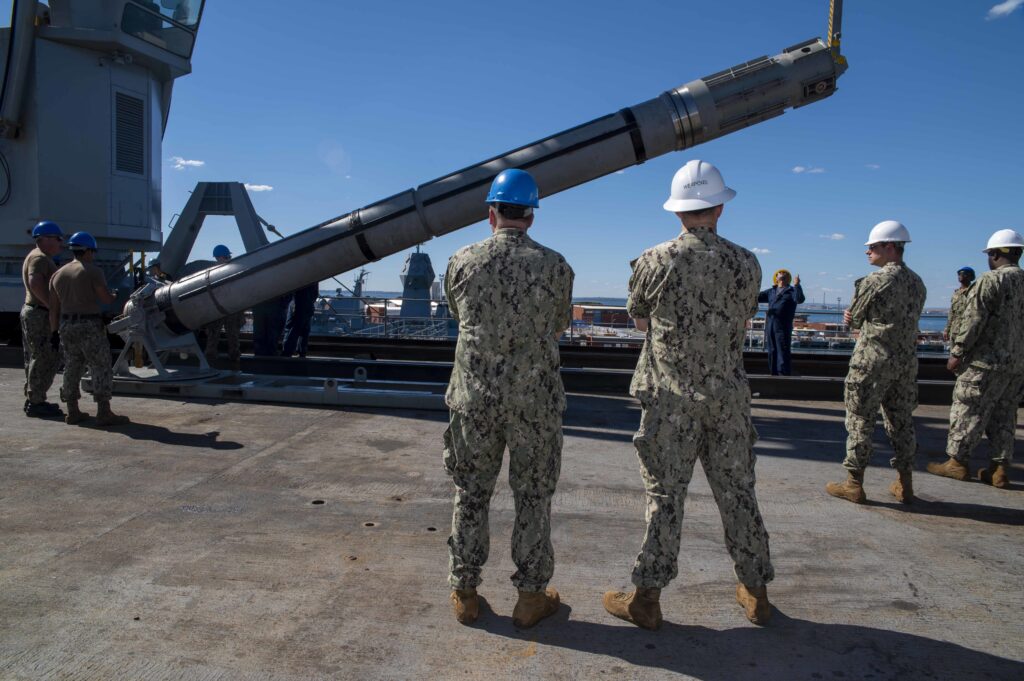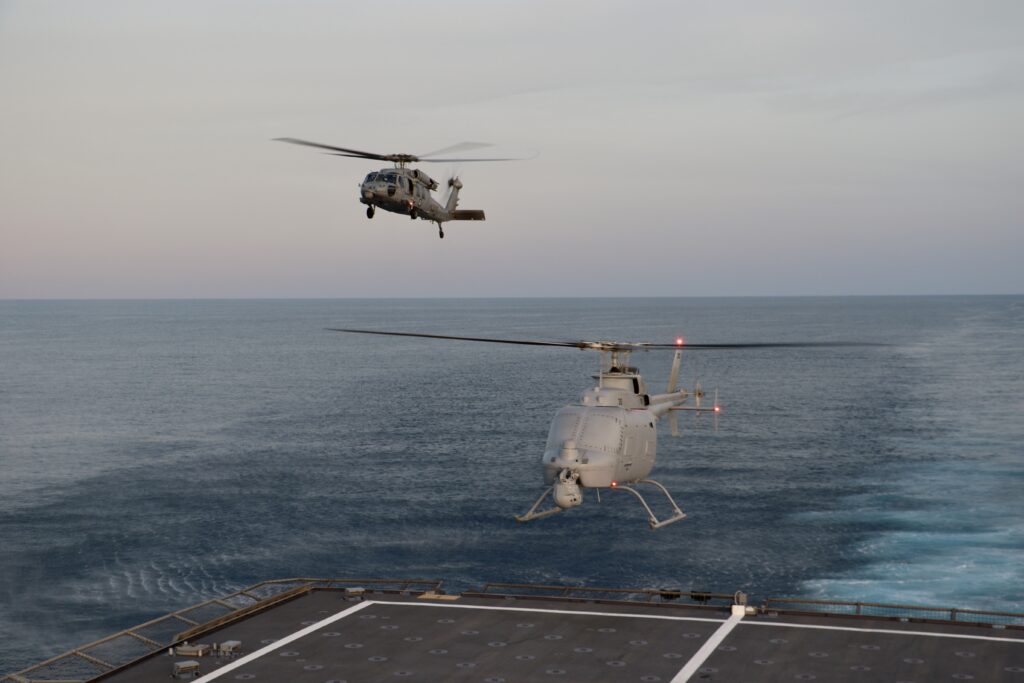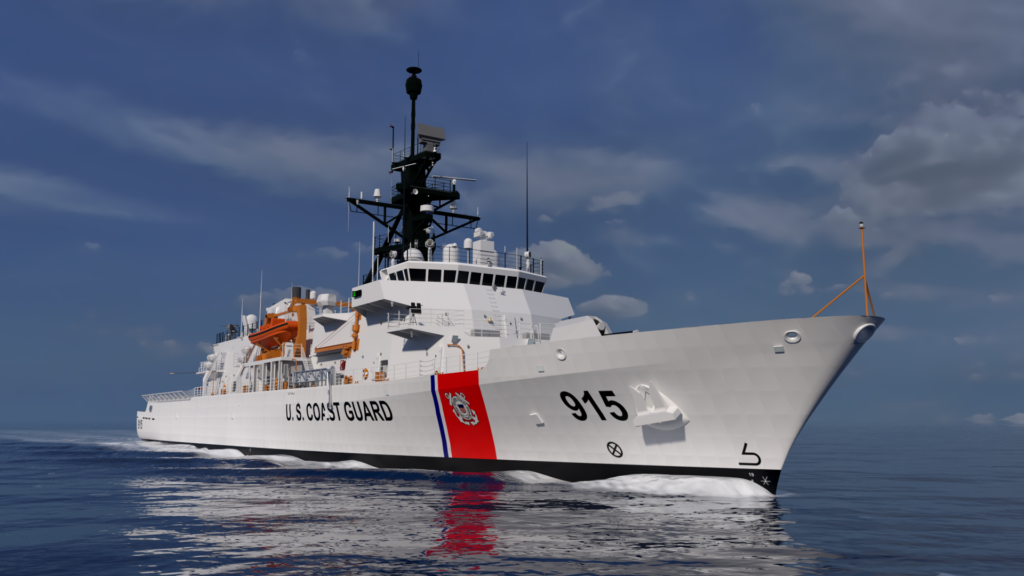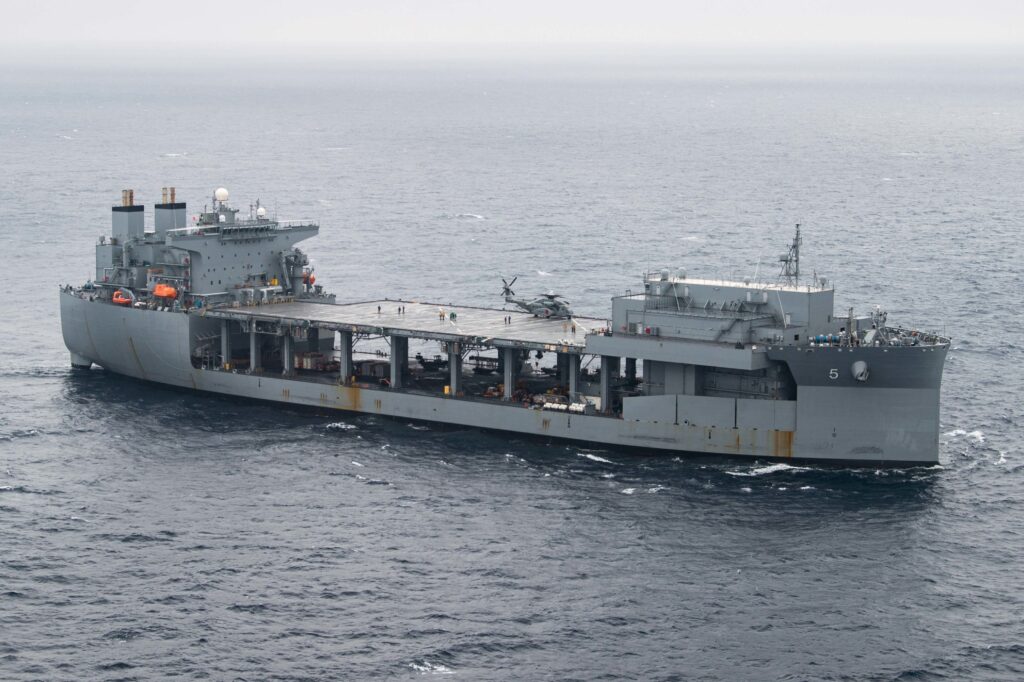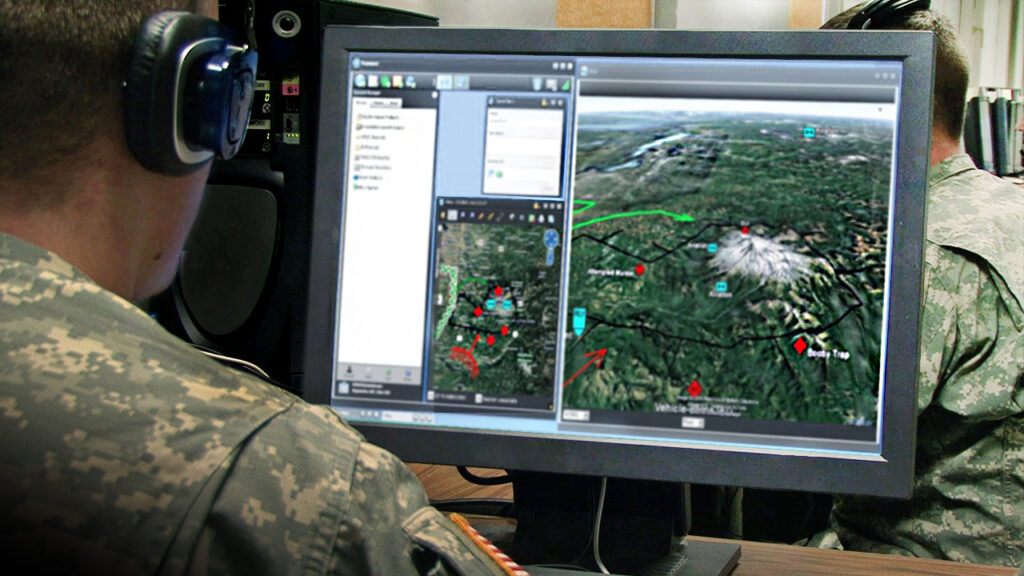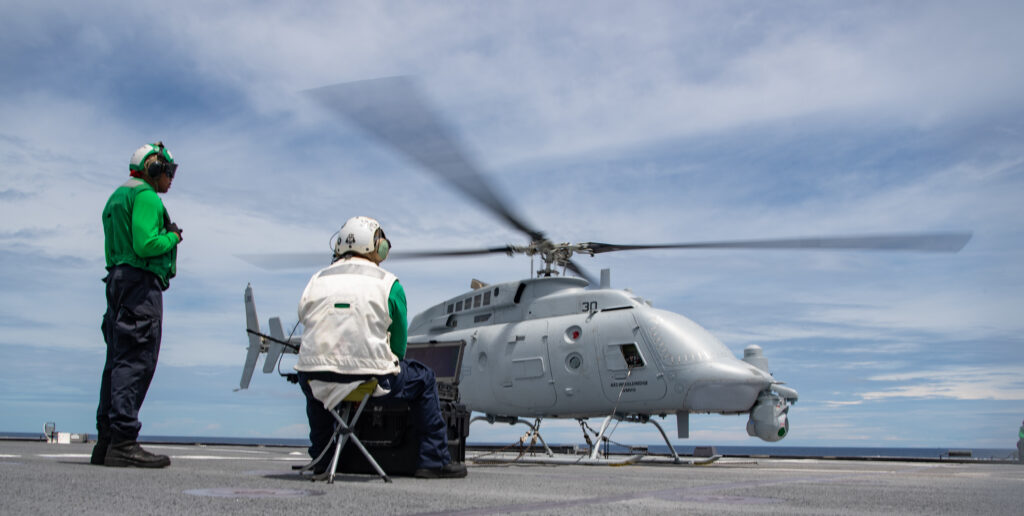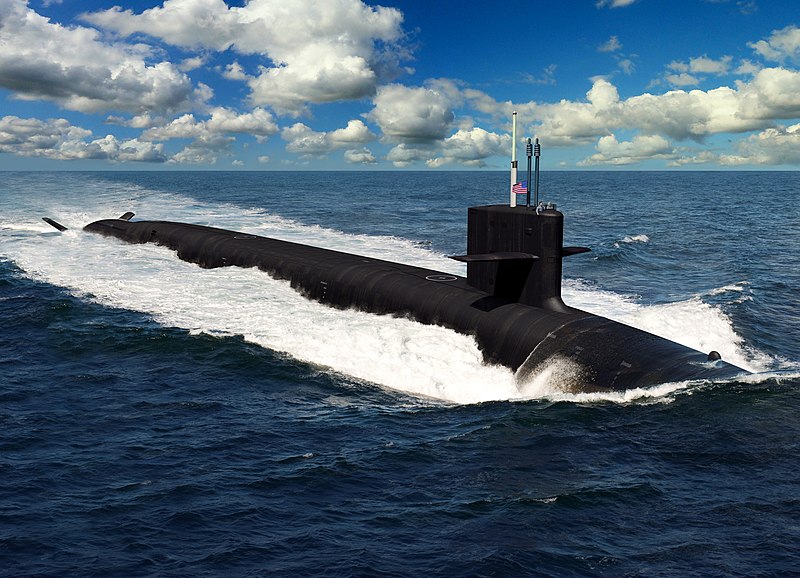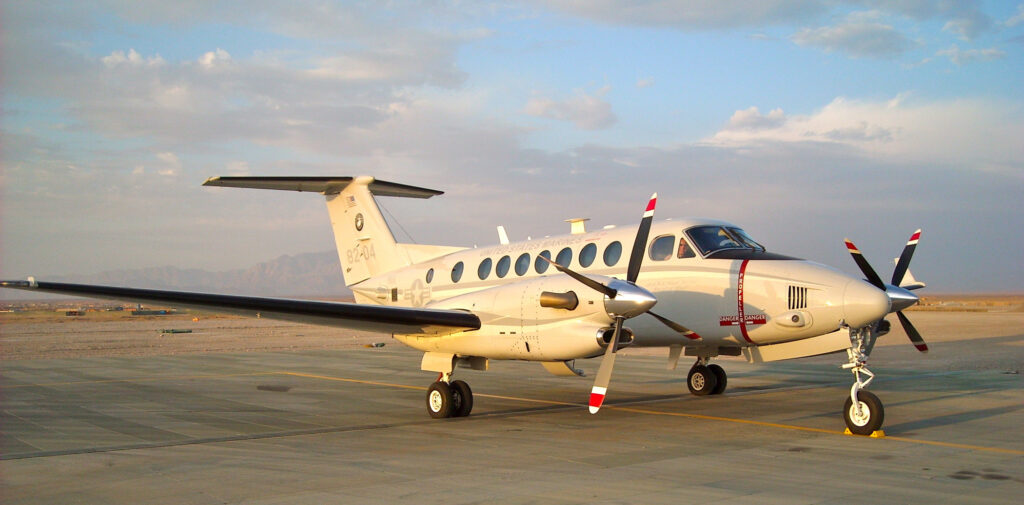Fagan Succeeds Shultz as Coast Guard Commandant, First Woman to Rise to the Top
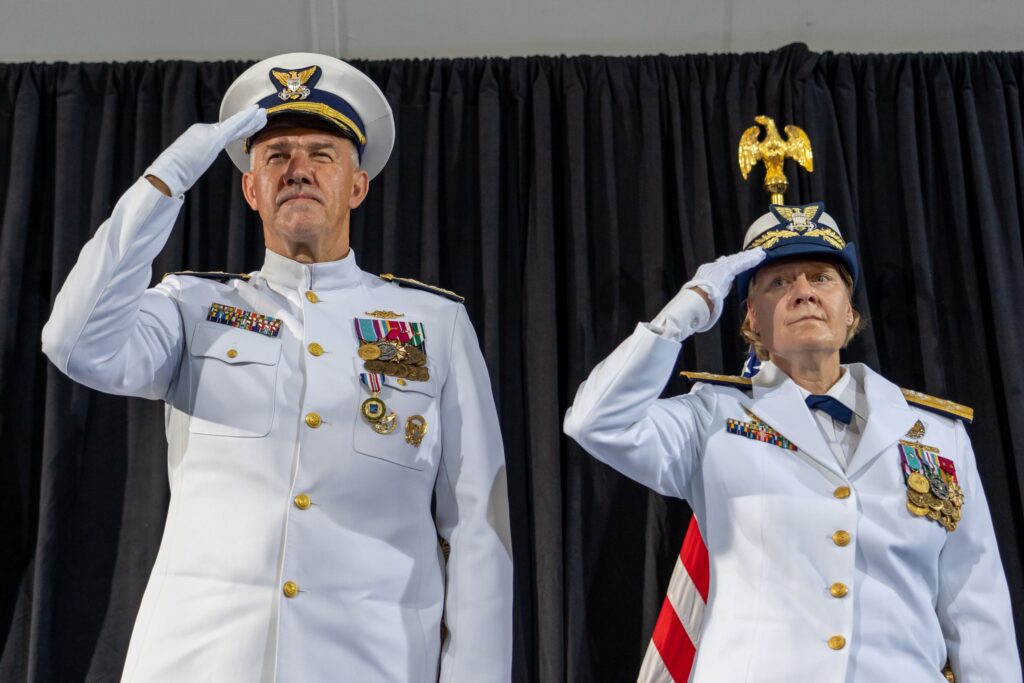
WASHINGTON — Adm. Linda Fagan succeeded Adm. Karl Schultz on June 1 to become the 27th commandant of the U.S. Coast Guard, the first woman to command the service and the first woman to lead any of the U.S. armed services.
In ceremonies at Coast Guard Headquarters in Washington, President Joe Biden and Homeland Defense Secretary Alejandro Mayorkas spoke in praise of Shultz’s performance as commandant and of Fagan’s service that influenced her selection as commandant.
Mayorkas noted that Fagan graduated from the sixth class of the Coast Guard Academy to accept women as cadets — the Class of ’85 — and was the only woman in the crew of the icebreaker USCGC Polar Star in her first assignment.
“Today is a historic day for the U.S. armed forces and a historic day for the United States,” Mayorkas said.
Biden spoke of Fagan’s “trail-blazing career,” noting that “there are no doors closed to women” and that Fagan’s daughter Aileen is now a Coast Guard lieutenant. He also noted that Fagan was one of only 16 women — 8% of her class — commissioned at the Coast Guard Academy, but now 40% of the 1,000 cadets at the academy are women.
“Now we need to keep working to make sure Adm. Fagan may be the first but not the only person [to head a service],” Biden said. “We need to see more women in command at the highest levels of the Coast Guard and across every service in the armed forces.”
In her first speech as commandant, Fagan praised Schultz for is leadership and dedication.
“We are truly a more ready, responsive and relevant Coast Guard today as a result of your leadership,” she said of Schultz. “It has been a true honor to serve with you.”
Fagan collectively thanked the hundreds of people who influenced and mentored her since she decided at age 16 to apply to the Coast Guard Academy, but she singled out one in particular, Adm. Owen Siler, the 15th commandant, who she said had the courage to integrate the Coast Guard Academy in the summer of 1975.
“If it were not for Owen Siler’s courage, I do not believe I would not be standing here today,” Fagan said. “I want to thank him; I’m wearing his shoulder boards that he wore as 15th commandant.”
Speaking of her command ahead, Fagan noted “the demand for Coast Guard missions has never been higher. … Today we will advance the Coast Guard America needs for tomorrow. Tomorrow looks different and so will we. We will be more adaptive and connected, generate sustained readiness, resilience and capabilities in new ways to enhance our nation’s maritime safety, security and prosperity.”
Fagan said her highest priority as commandant will be to “transform our talent management system. We will deliver each of you tools, policy, training and support to succeed across all missions. We will empower you with reliable cutting-edge assets — cutters, boats, aircraft as well as data systems and shore facilities — that you need to remain the world’s best coast guard. We will unite people, assets, systems and data in new ways to be a more agile force.”

